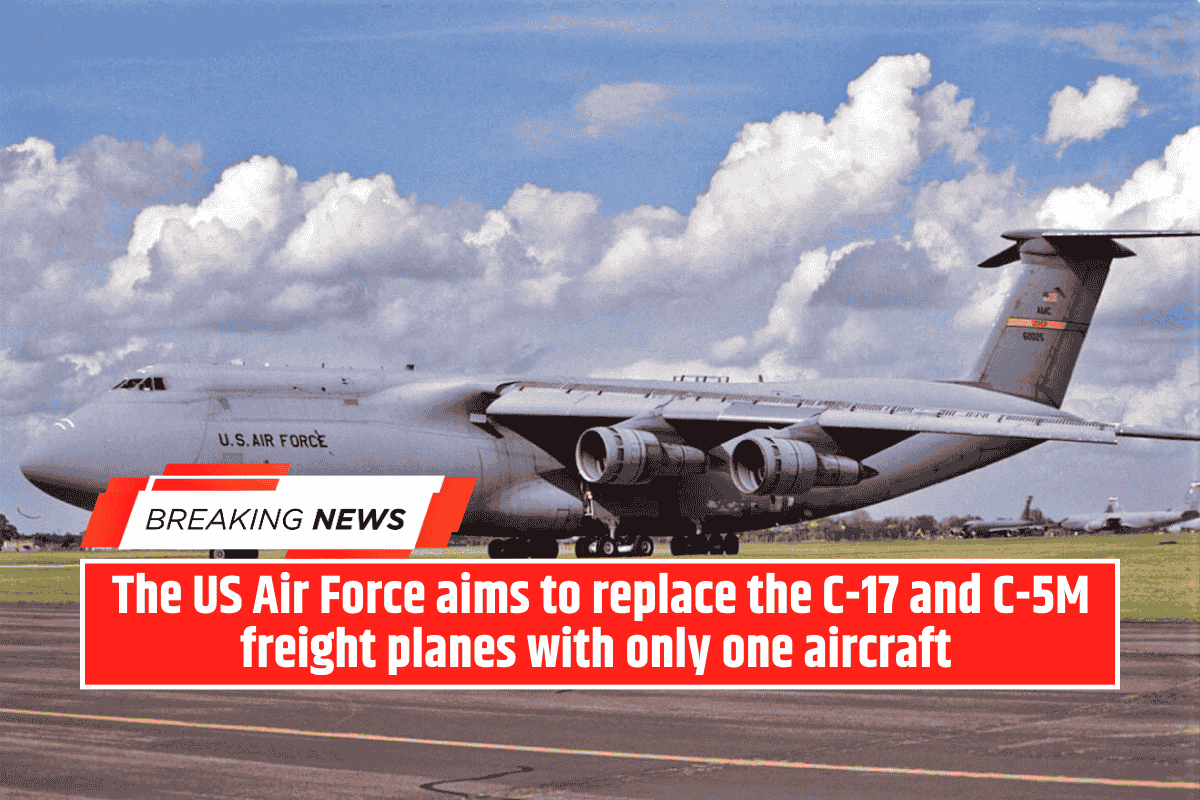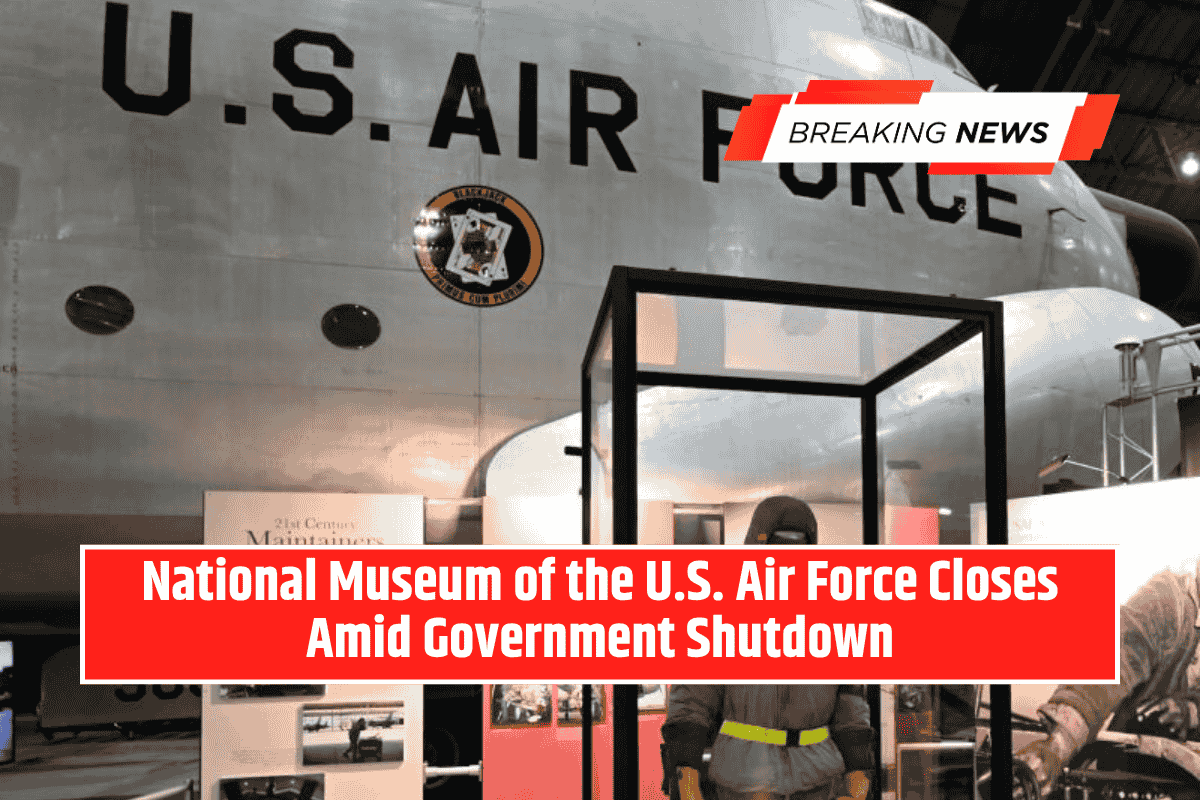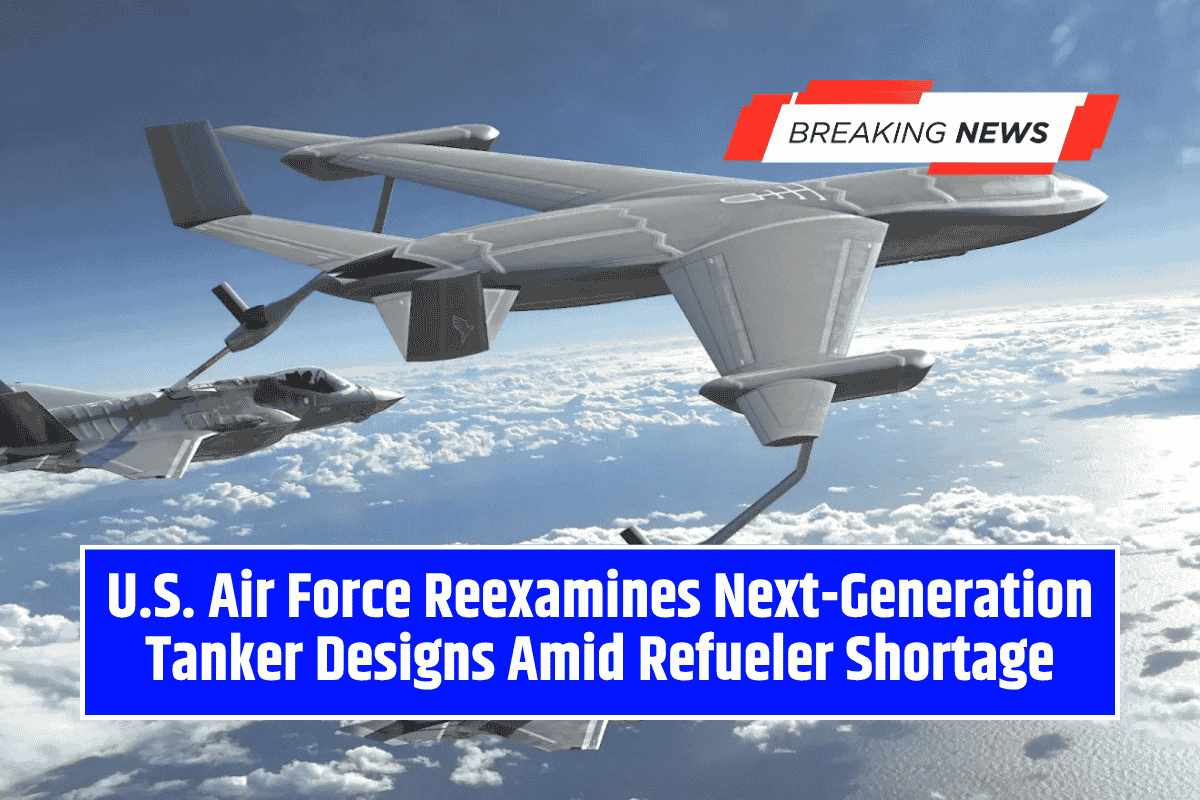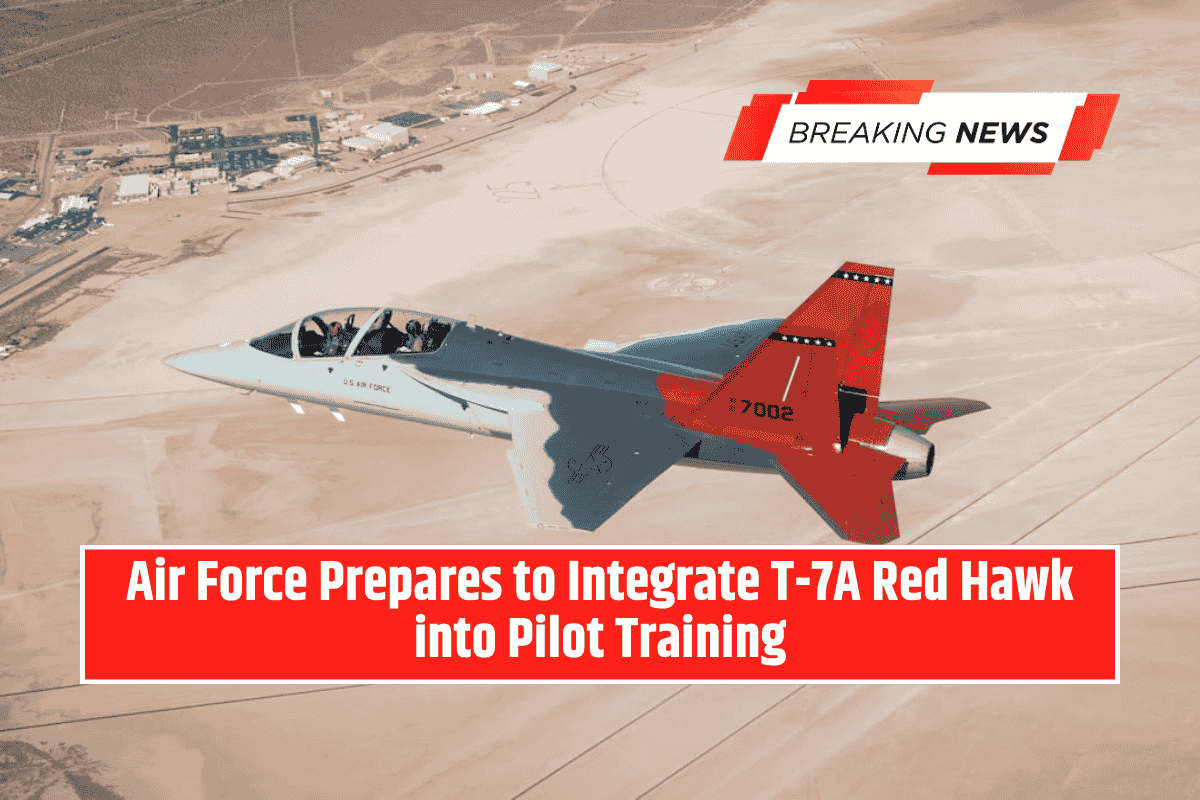The U.S. Air Force (USAF) is preparing to launch a program to replace its C-17A Globemaster III and C-5M Super Galaxy transport aircraft by the mid-2040s.
General John Lamontagne, commander of Air Mobility Command, confirmed the initiative during the Air & Space Forces Association conference, highlighting the need to modernize strategic airlift capabilities for the future fight.
Current Fleet and Capabilities
Today’s fleet includes 222 C-17As and 52 C-5Ms, both of which are entering the later stages of their service lives. The C-17A can carry about 82 metric tons of cargo, while the larger C-5M accommodates up to 135 metric tons.
Despite their proven reliability, these aircraft are increasingly challenged by modern operational requirements and high-threat environments.
Requirements for the Future Airlifter
The forthcoming capability-based assessment (CBA) will determine the requirements for the new platform. Key areas of focus include:
- Greater speed and operational flexibility
- Advanced defensive systems to survive in contested environments
- Reduced ground time, especially during refueling, to enhance survivability
- Improved mission effectiveness under evolving global threats
Complementary Programs in Development
Alongside the strategic airlifter initiative, the Air Force is pursuing related modernization programs:
- Next Generation Intra-theater Airlift (NGIA): designed to operate in regions with damaged or austere infrastructure.
- New aerial refueling system: under consideration as part of the broader mobility modernization strategy.
Path Forward and Industry Engagement
The replacement program will move into an analysis of alternatives in the coming years to formalize requirements and guide industry participation. While restarting C-17 production is not currently planned, officials have not ruled out the option.
The Air Force expects to formally launch the program and engage industry partners within the next few years, ensuring the U.S. maintains global mobility dominance well into the mid-21st century.








